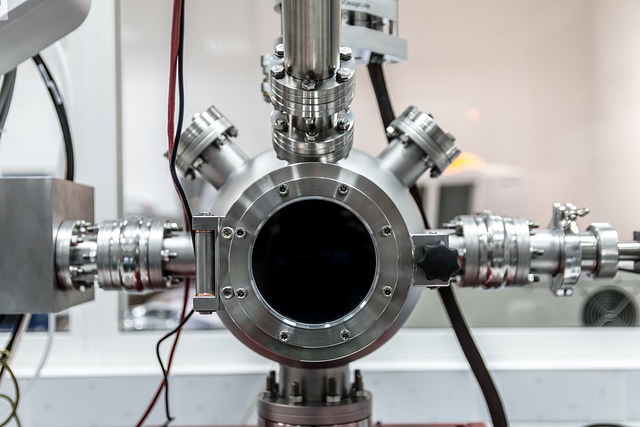Regular plumbing maintenance is vital to prevent costly issues like clogs, leaks, low water pressure, and noisy pipes. Simple tasks such as checking for leaks, clearing drain traps, and flushing heaters can significantly reduce these problems. Understanding common causes like grease buildup, mineral deposits, or worn-out parts allows homeowners to take proactive measures, ensuring efficient plumbing systems year-round. DIY troubleshooting for issues like running toilets, blocked drains, and low pressure can often provide quick solutions.
Looking to keep your pipes problem-free? This comprehensive guide, Plumbing Maintenance 101, equips you with the knowledge to identify common plumbing issues and prevent them from escalating. We explore regular maintenance practices that act as powerful deterrents against leaks, clogs, and other headaches. Additionally, useful troubleshooting tips provide quick fixes for minor hiccups. By implementing these strategies, you’ll navigate your home’s plumbing with confidence, ensuring a smoother, less stressful experience.
Identifying Common Plumbing Issues

Many common plumbing issues can be easily avoided with regular maintenance and prompt attention. One of the most frequent problems is clogs, which can occur in both drainpipes and sewers. These blockages are often caused by grease buildup, hair, or foreign objects accidentally flushed down the toilet. Another widespread issue is pipe corrosion, especially in older homes, leading to leaks that waste water and increase utility bills. Low water pressure is another common concern, frequently resulting from mineral deposits building up in pipes or a faulty water heater. Identifying these issues early on is crucial for preventing more severe damage and costly repairs.
Regular inspections and routine maintenance tasks like clearing drain traps, flushing out water heaters, and checking for leaks can go a long way in addressing common plumbing issues proactively. Understanding the potential causes of these problems enables homeowners to take preventive measures, ensuring their pipes remain in good condition.
Regular Maintenance Practices for Prevention

Regular maintenance practices are key to preventing common plumbing issues that can disrupt your daily routine and cause costly repairs. Start by checking for any leaks in your pipes, fixtures, or appliances. Even small drips can lead to significant water waste and damage over time. Regularly inspect fittings and replace worn-out parts such as washers and O-rings to seal off leaks effectively.
Another preventive measure is clearing drains of grease, hair, and other debris that can accumulate and form clogging agents. Use natural cleaning solutions or enzyme-based cleaners to keep your pipes unclogged. Additionally, insulate pipes in areas prone to freezing temperatures to avoid burst pipes, a common winter issue. Regular maintenance not only saves you from costly repairs but also ensures your plumbing system operates efficiently.
Troubleshooting Tips for Quick Fixes

When it comes to common plumbing issues, many problems can be easily diagnosed and fixed with a few simple troubleshooting tips. One of the most frequent concerns is a running toilet—a leaky flush mechanism can usually be addressed by checking and replacing the flapper valve inside the tank. For blocked drains, try using a plunger or a chemical drain cleaner, but be cautious when employing these methods to avoid damaging pipes.
Another common issue is low water pressure, which could be caused by mineral buildup in aerators or narrow pipes. Clearing out these obstructions or replacing affected components can quickly restore proper flow. For noisy plumbing, the culprit might be loose pipes or an old water heater; tightening connections or upgrading equipment may resolve these problems without requiring professional intervention.
By addressing common plumbing issues through regular maintenance and quick troubleshooting tips, you can prevent costly repairs and ensure your pipes remain problem-free. Remember, a little preventive care goes a long way in keeping your home’s plumbing system running smoothly.
